A Great White Shark's Record-Breaking Journey from South Africa to Indonesia
Alisha's Epic Voyage: A Great White Shark's Record-Breaking Journey from South Africa to Indonesia
Imagine swimming over 37,000 kilometers across the vast ocean. That's precisely what Alisha, a female great white shark, accomplished in an extraordinary journey from South Africa to Indonesia, making headlines as one of the longest documented migrations of her species. Her incredible trek, detailed in a new 2025 study, not only redefines our understanding of great white movements but also emphasises the urgent need for global conservation efforts.

credit OCEARCH - https://www.ocearch.org/tracker/
The Unbelievable Discovery
Alisha's story began in May 2012, when she was tagged off Gansbaai, South Africa, by the research organisation OCEARCH. For years, her satellite tag provided glimpses into her deep-ocean wanderings. Then, in May 2024, came a breakthrough: her tag was recovered by a local fisher in Indonesia, a staggering 12 years after she was first tagged.
This wasn't just any tag recovery; it confirmed Alisha's epic, one-way migration of over 37,000 km – an astonishing feat that dwarfs previous records. For perspective, the previous record holder, a great white named Nicole, traveled 20,000 km on a round trip from South Africa to Australia in 2005. Alisha's journey is the first documented movement of a great white shark between South Africa and Southeast Asia, revealing an unprecedented connection between these distant marine ecosystems.

credit OCEARCH - https://www.ocearch.org/tracker/
A Journey Unveiled
When tagged, Alisha was a formidable 3.9 meters (12'10") long and weighed approximately 606.5 kg (1,337 lb). Her journey took her across the Indian Ocean, with researchers estimating she arrived in Indonesian waters by 2013, after just 395 days of active tracking. Along the way, she made stops in places like Mozambique and Madagascar, showcasing her incredible ability to navigate vast, seemingly featureless stretches of ocean.
Over the 4.5 years following her tagging, Alisha grew significantly, reaching an estimated 4.73 meters. This growth suggests she likely reached sexual maturity, further highlighting the importance of her journey for potential genetic exchange between geographically separated shark populations.
The Tag's Recovery and a Tragic End, A Conservationist's Perspective
The recovery of Alisha's tag was a pivotal moment, fraught with mystery and, ultimately, a tragic revelation. Madison Stewart, the founder of Project Hiu, vividly recounts the moment the tag came into her hands:
"When a shark fisherman handed me this tag last year, I had no idea just how significant it was going to be. I spent weeks attempting to track down the owner of the tag using the still visible serial number. I looked within the community of people tagging tiger sharks in Australia, but the numbers belonged to no one, and the tag's origin remained a total mystery."
Stewart sought help from colleagues Chelsea and Alison Towner. As the search intensified, the truth slowly began to emerge.
"Then late one night in Indonesia, Alison began messaging me from South Africa," Stewart explains. "The fishermen's story began showing cracks, and the truth came out. We couldn't find the owner of this tag because it didn't come off a tiger shark; it belonged to a great white shark that was tagged in South Africa... She was captured and killed by Indonesian shark fishermen in 2016. They held onto the tag for 8 long years until giving it to me. They covered up the fact it belonged to a great white out of fear of repercussions. When deciding to hand me the tag, they proved the first migration of a great white shark between these two countries, a transoceanic breakthrough, and a movement that surpasses the 11,000km recorded for another sub-adult female white shark (named Nicole) from Gansbaai, South Africa, to the west coast of Australia."
The fishermen's initial fear of repercussions underscores a significant challenge in conservation: the difficulty of accurately identifying great white sharks in regions where they are rarely encountered and the existing barriers between conservationists and local communities. Stewart, along with Project Hiu colleague Ervin Situmeang, found themselves reliving the day of Alisha's capture in the fishermen's home, a testament to the trust they had built within the community.
"Her journey seemed standard until the battery in her tag died and she began her migration across vast oceans to an island here in Indonesia where she was killed by the fishery Project Hiu works within," Stewart continues. "This picture shows the satellite tag, whose journey changed the world and what we thought we knew about white sharks."
This extraordinary discovery was kept secret for almost a year as the scientists who originally tagged Alisha finalised their paper. Stewart, an honoured author on the paper, sees this discovery not only as a scientific breakthrough but also as a powerful example of "the power of befriending and working within these shark fishing communities."
Global Implications for Conservation
Alisha's monumental migration, now detailed in the journal Wildlife Research, serves as a powerful reminder of the global connectivity of great white shark populations. These apex predators, listed as vulnerable on the IUCN Red List, face numerous threats, including overfishing and accidental capture in fishing gear (bycatch).
Her journey, which crossed multiple international jurisdictions and vast stretches of high seas, emphasizes the critical need for international cooperation in marine conservation. Organizations like OCEARCH, Wildlife Computers, and Project Hiu played vital roles in this discovery, demonstrating that collaborative efforts are essential to protect these magnificent ocean wanderers.
The findings from Alisha's journey will inform future research, helping scientists map critical migration corridors and assess the impact of human activities on these vital routes. Ultimately, her story is a call to action, urging us to work together across borders to safeguard these incredible creatures and ensure their epic migrations can continue for generations to come.
Find the paper to this story
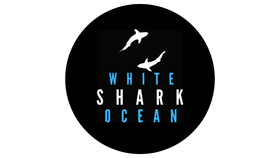
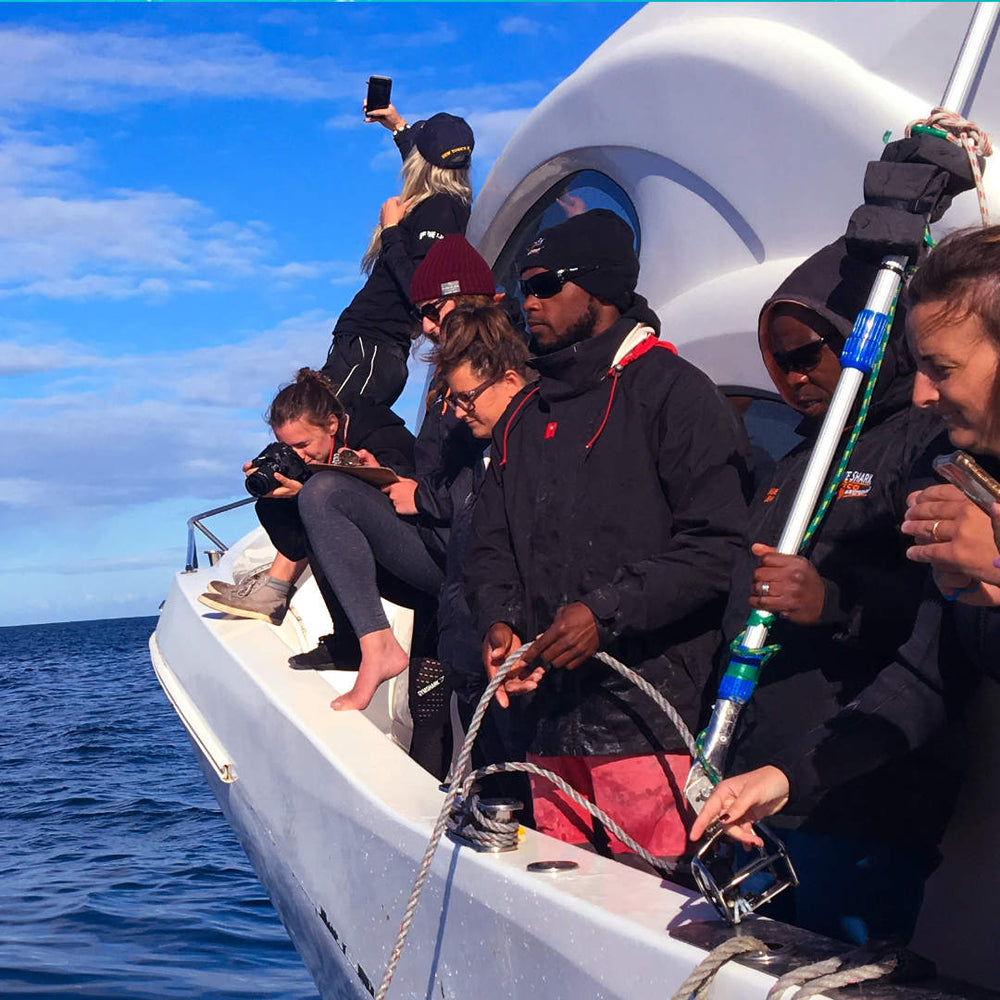

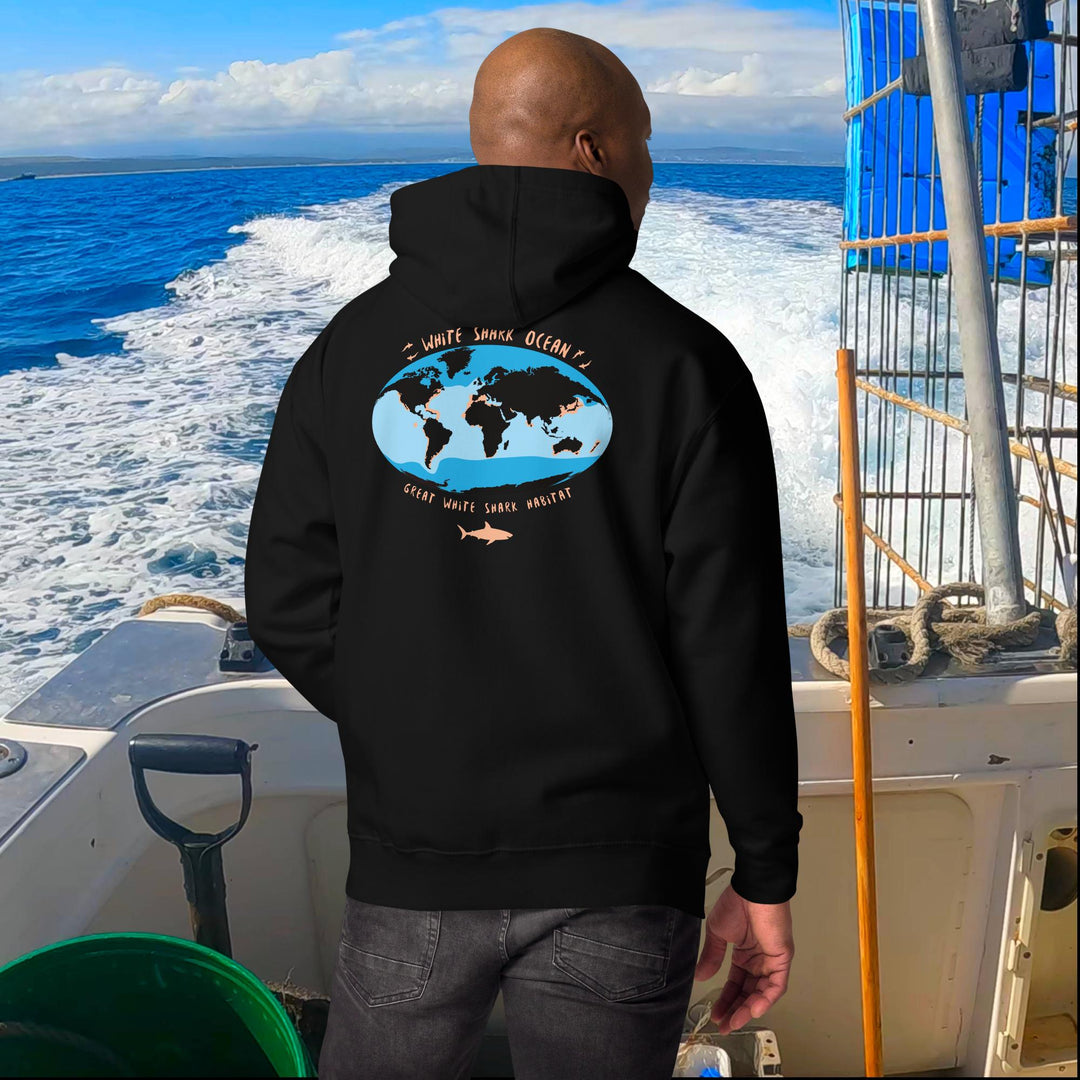
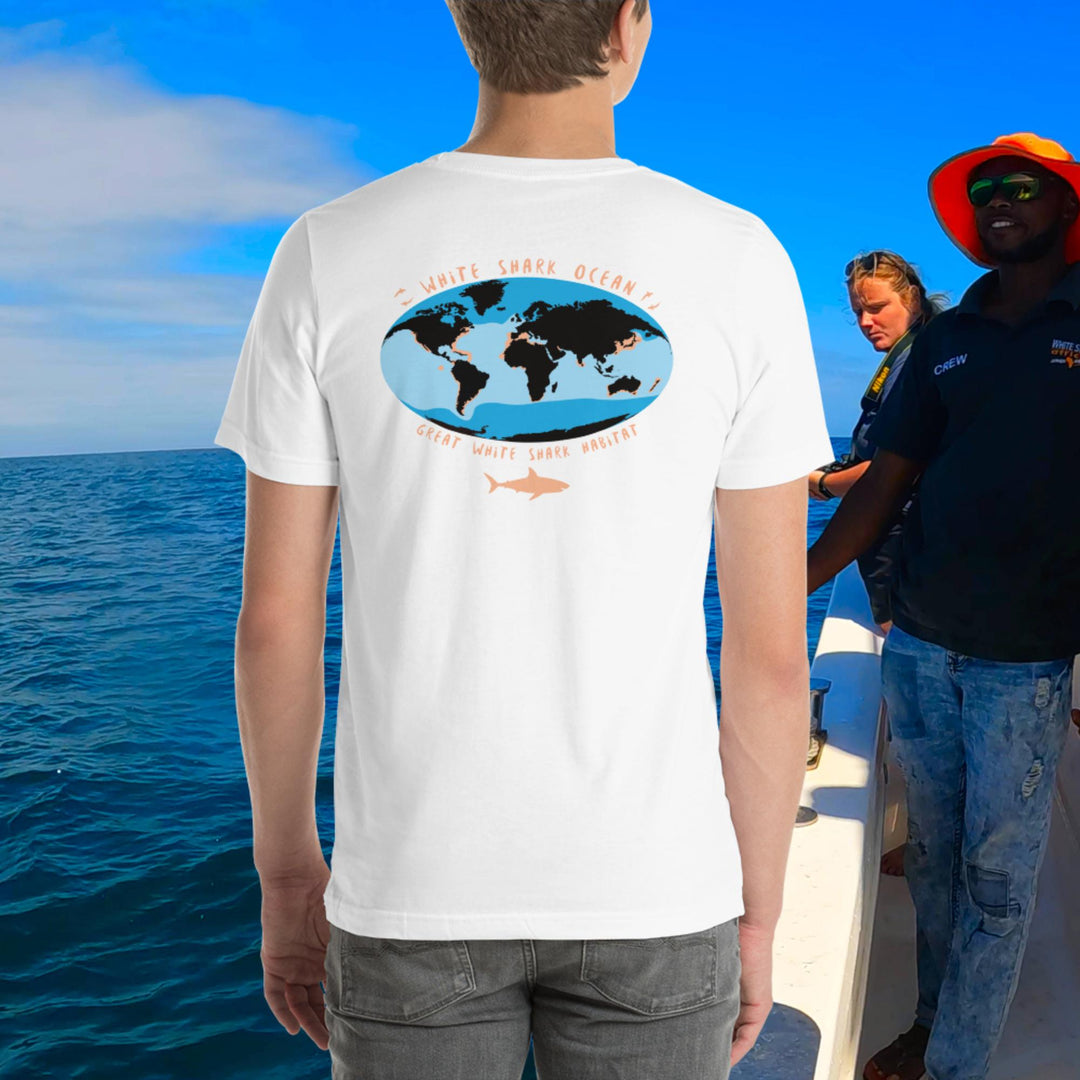
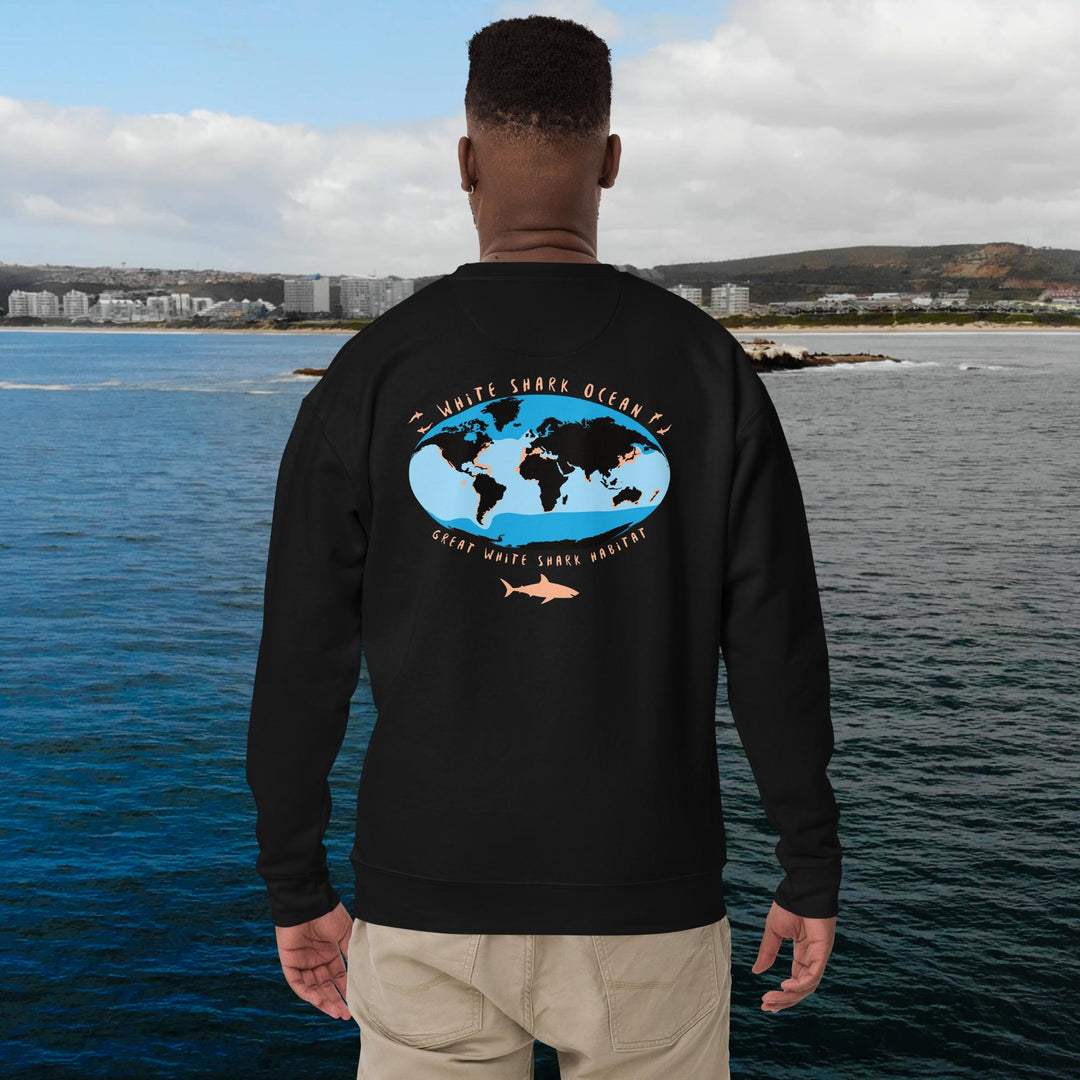
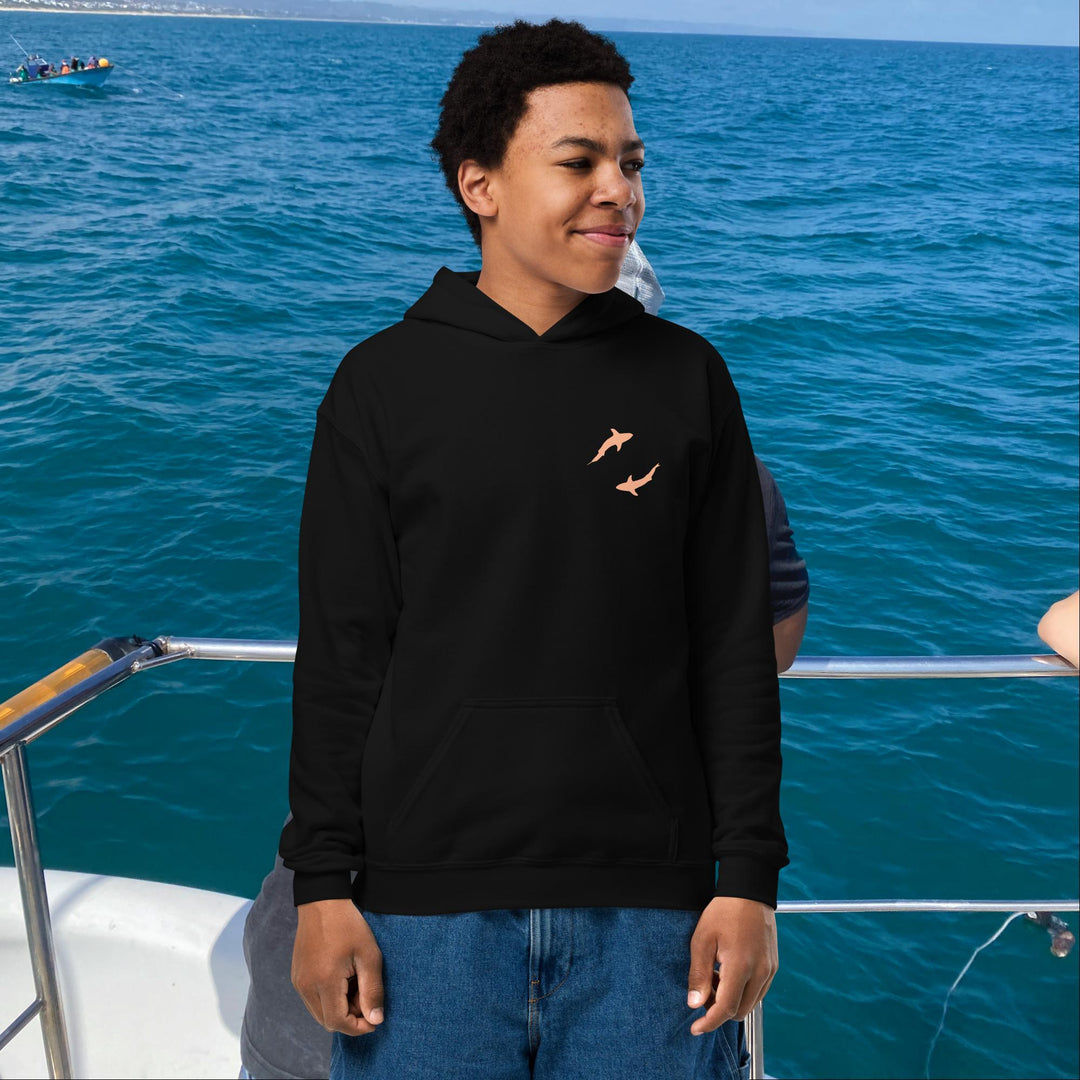
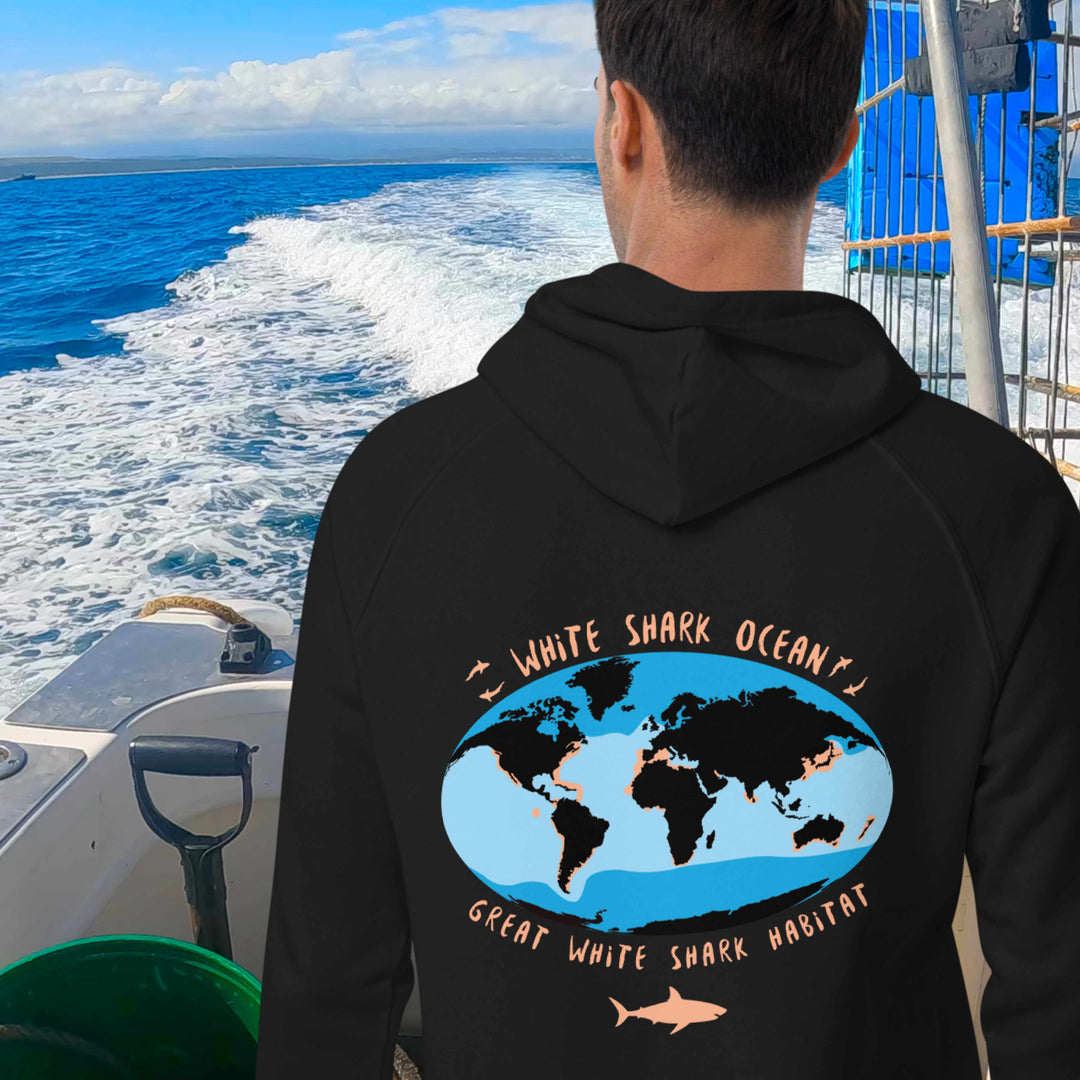
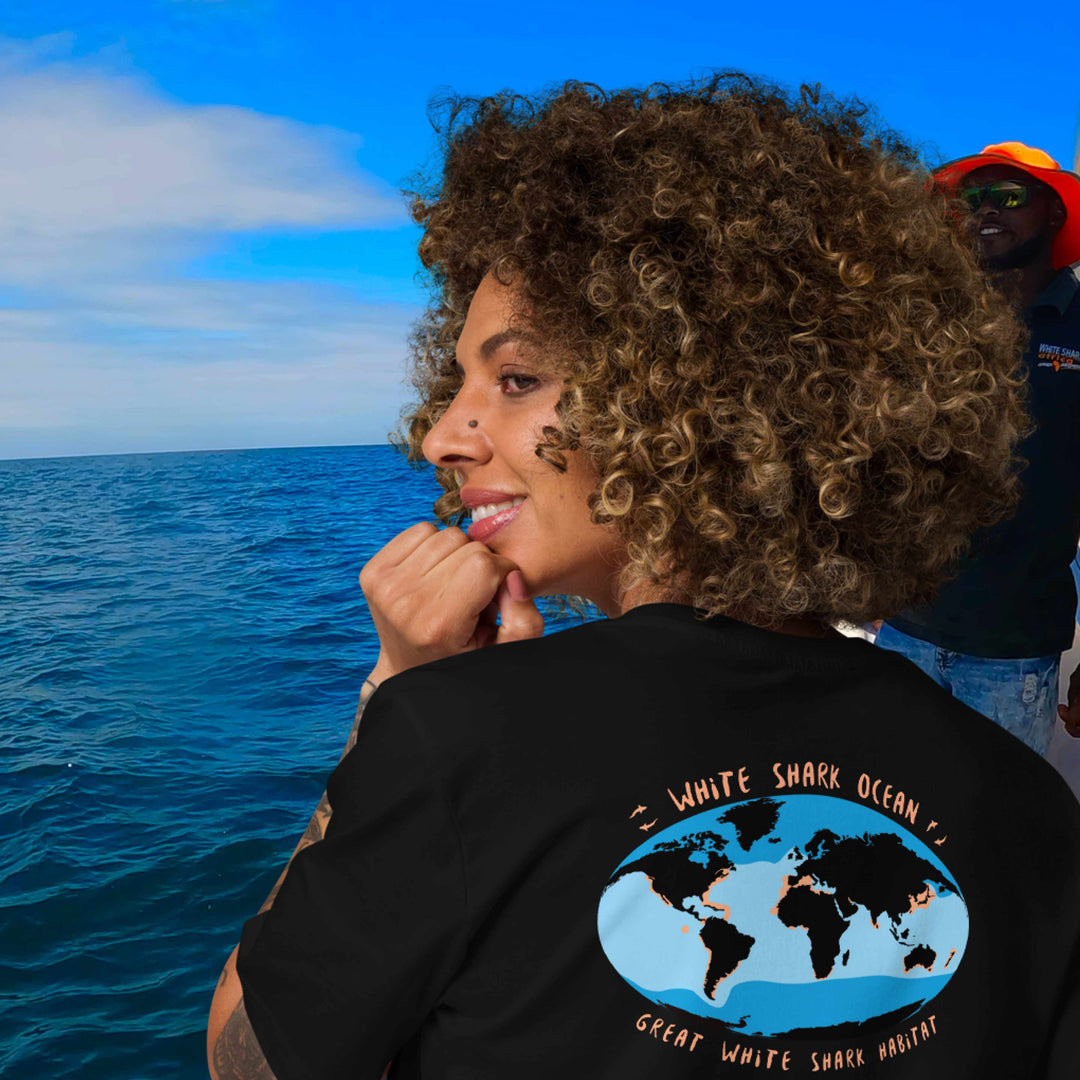
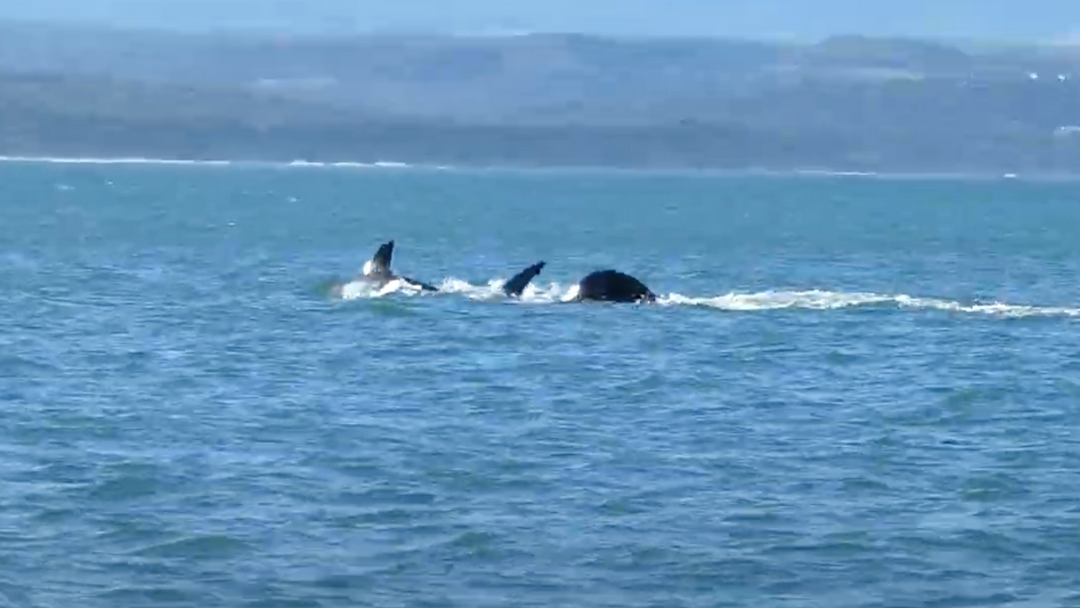
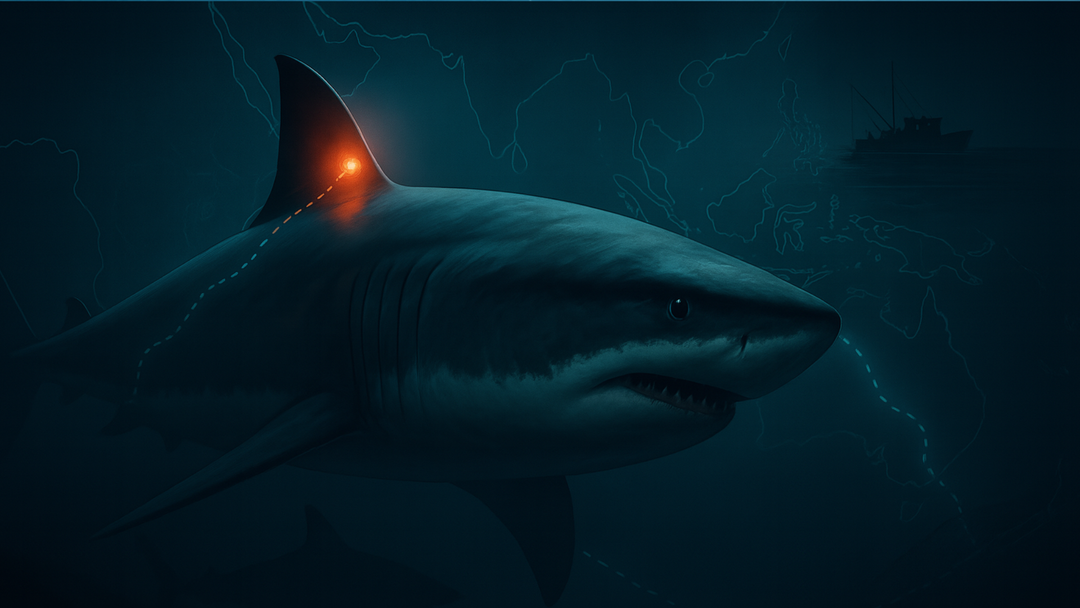
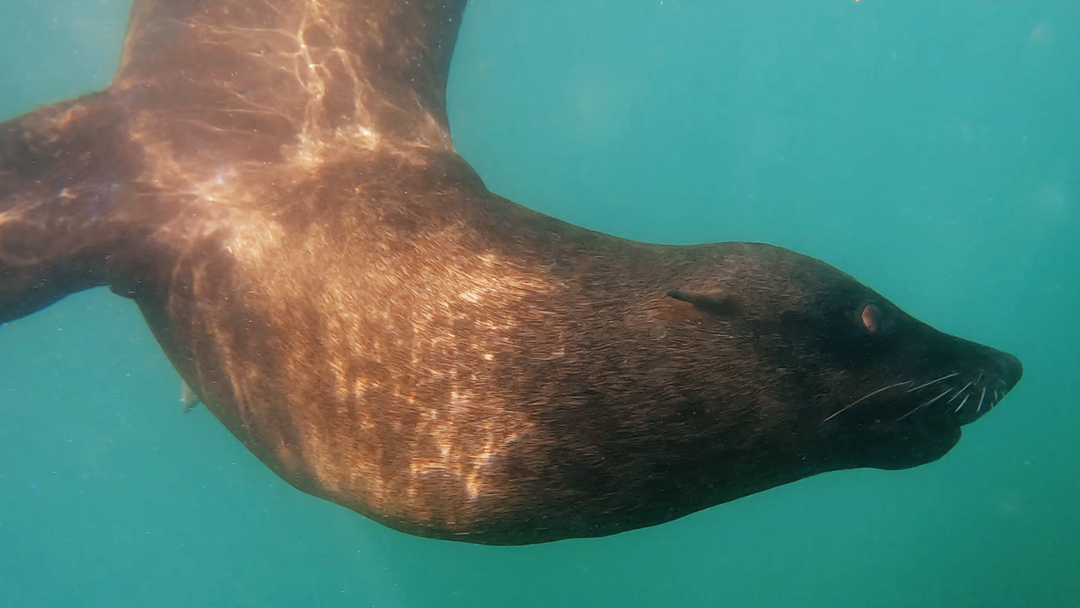
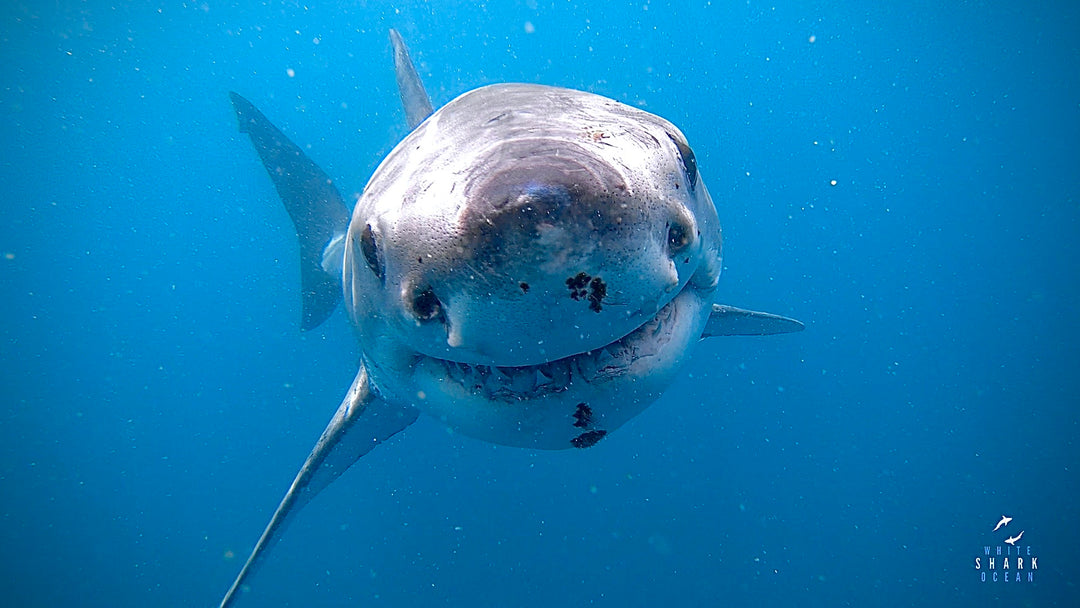
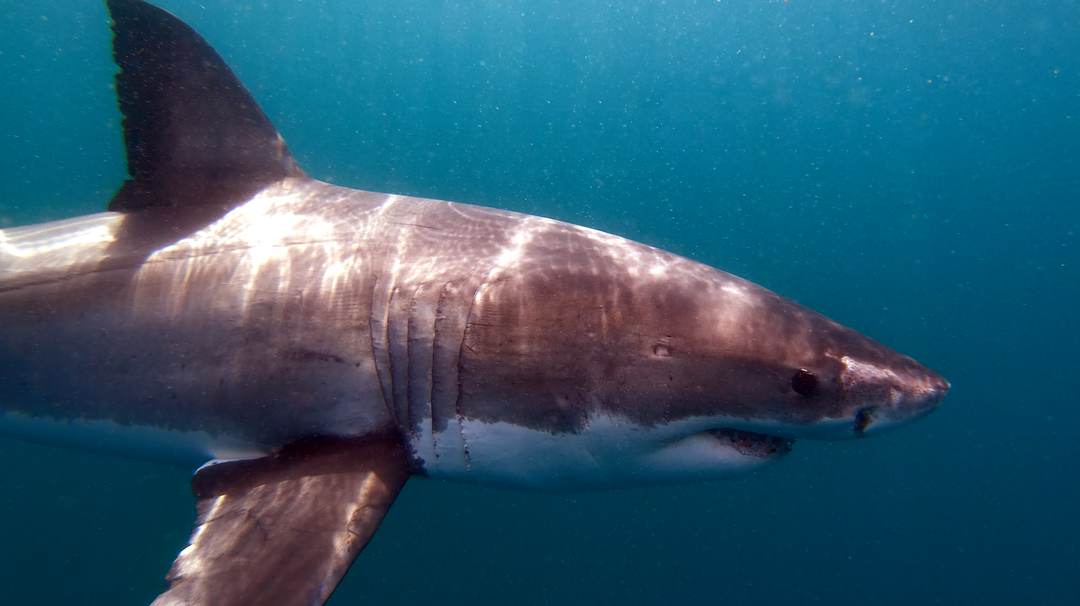
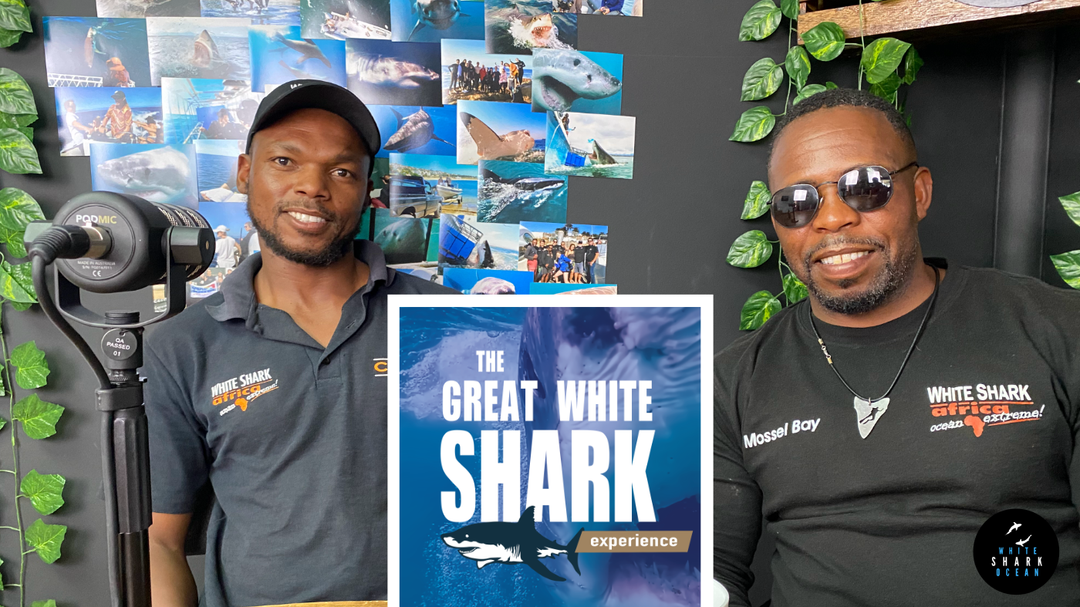
Warum werden weiße Haie überhaupt getötet.
Die Gier ist und bleibt keine Rechtfertigung.
Weltweiter Schutz für weiße Haie!!!!!
Leave a comment